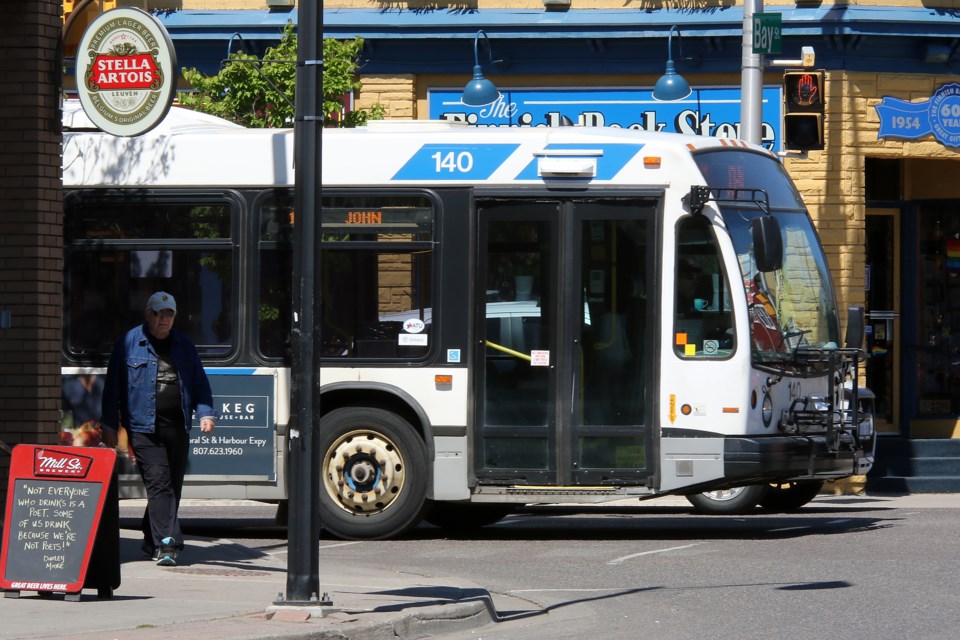THUNDER BAY – The city’s transit service is looking to implement a new way for the public to travel around the city, where public transit in some areas would operate on-demand rather than on a fixed route or schedule.
At the Monday, Oct. 7 council meeting, Brad Loroff, manager of transit services, will present a report proposing the introduction of an on-demand service in key areas of the city that are not well served, shifting from the current fixed-route model to a hybrid model.
“The whole idea is to provide a better service offering that meets the needs of passengers, so that we can grow a ridership,” Loroff told Newswatch.
He explained that the on-demand service would utilize a mobile app, and give passengers the freedom to book and manage their trips.
“It's a shared ride model that doesn't follow a fixed route or fixed schedules. Instead, customers pre-book their trips and then vehicles are routed to the passenger pickup and drop-off points,” Loroff said.
“It's normally done through mobile app technology, which allows customers to plan, book and track their trips in real time. What the technology does is it optimizes trips to increase the number of shared rides that can be accommodated without sacrificing service quality.”
For those who may be leery of the change, Loroff noted that fixed routes are still going to be available in high-frequency areas.
According to the report, some routes are underutilized by the public and “simply do not provide the necessary ingredients for productive fixed route service.”
Routes like Memorial, Junot and Crosstown have the most passengers because they bring people to key destinations.
However, Loroff said an on-demand service would “help improve the effectiveness and customer experience for fixed-route service that might not be meeting minimum ridership thresholds.”
“It'll allow us to introduce service in areas or during periods that do not warrant offering a fixed-route service due to low demand. The idea is that the on-demand model should be more cost effective to operate and that will allow us to reallocate resources to other parts of the network that we know already do require higher levels of service.”
It should be noted that the proposal is still in its beginning stages. Transit services have not determined which routes will be affected by the hybrid model.
“The next important steps are going to be determining where and how across the city it'll be most appropriate to introduce on-demand versus maintaining direct high-frequency conventional fixed routes where those are needed most. Then the next approach after that will be consulting with people,” Loroff said.
If council approves and all goes well with public consultation, Loroff expects people will start seeing changes to transit by late 2025.
